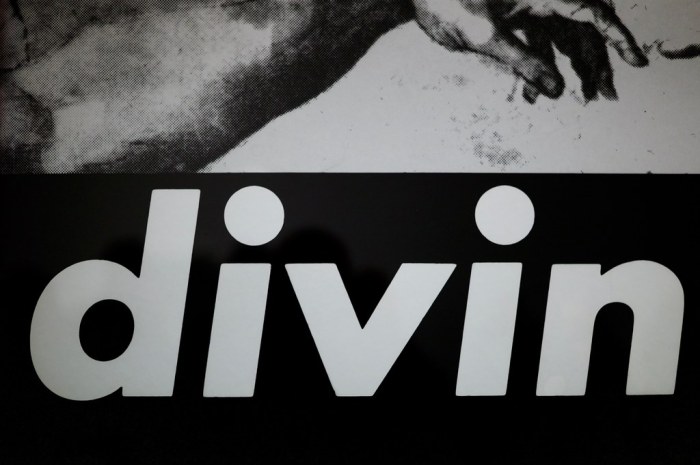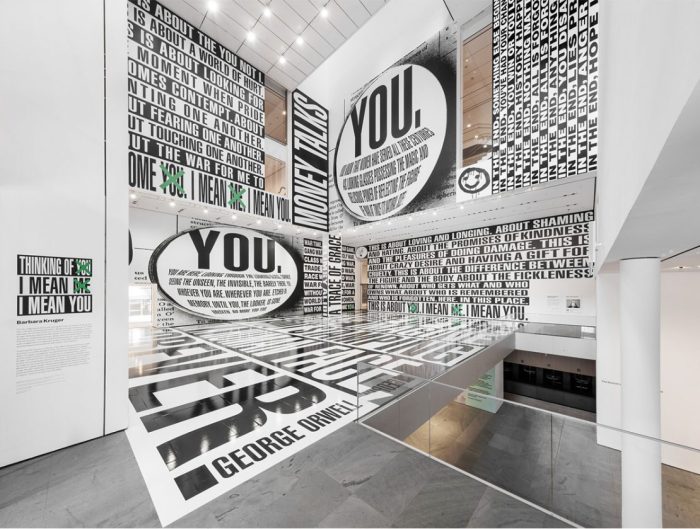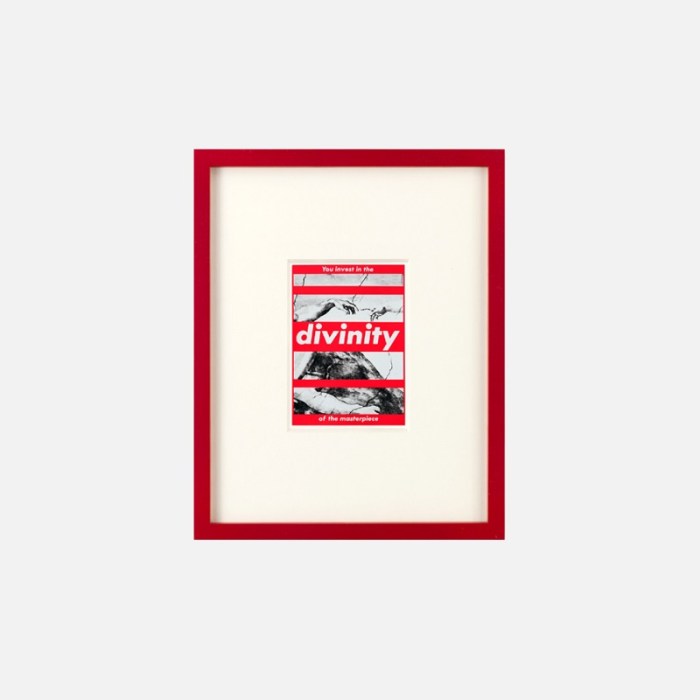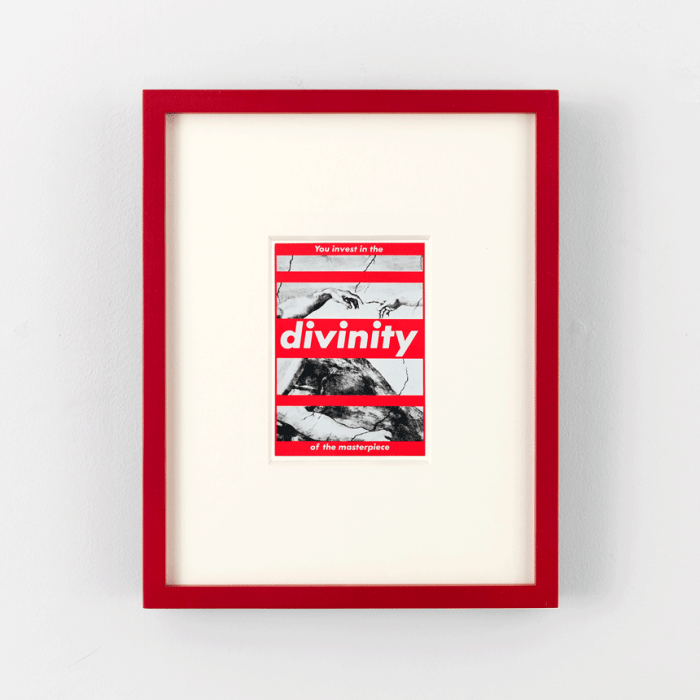Untitled you invest in the divinity of the masterpiece – In the realm of art, the pursuit of the divine has captivated creators and collectors alike. Untitled, You Invest in the Divinity of the Masterpiece delves into the profound concept of investing in the divinity of artistic creations. This exploration unveils the multifaceted nature of this investment, encompassing its motivations, processes, and transformative rewards.
Through the lens of masterpieces that embody the divine, we unravel the intricate relationship between art and spirituality. These exceptional works transcend mere aesthetics, becoming conduits for transcendence and connection to the ethereal.
The Divinity of the Masterpiece

Masterpieces transcend the boundaries of mere artistry, embodying a divine essence that captivates and inspires. They evoke emotions that touch the soul and connect us to something greater than ourselves.
The divine in art manifests in various ways: through the depiction of sacred themes, the expression of universal truths, and the embodiment of timeless beauty. These creations serve as portals to the realm of the divine, allowing us to experience the transcendent through the tangible.
Examples of Masterpieces Embodying Divinity
- Michelangelo’s “Pietà”: A poignant portrayal of Mary cradling the body of Christ, capturing the essence of maternal grief and divine sacrifice.
- Leonardo da Vinci’s “Mona Lisa”: An enigmatic smile that has captivated the world for centuries, symbolizing the elusive and inscrutable nature of the divine.
- Beethoven’s “Symphony No. 9”: A musical masterpiece that transcends language, expressing the universal themes of joy, brotherhood, and the triumph of the human spirit.
The Investment in the Divine

Investing in the divinity of a masterpiece is an act of faith, a recognition of its transcendent value. It is a commitment to preserving and sharing the divine spark that it embodies.
Motivations for such investments vary widely: from a desire to connect with the divine to a passion for preserving cultural heritage. Regardless of the reason, these investments represent a deep appreciation for the transformative power of art.
Potential Returns on Investment
- Tangible returns:Increased value, appreciation in the art market, and potential financial gain.
- Intangible returns:Emotional fulfillment, spiritual enrichment, and the joy of owning a piece of cultural heritage.
The Process of Investing: Untitled You Invest In The Divinity Of The Masterpiece

Investing in the divinity of a masterpiece requires careful consideration and a discerning eye. The following steps can guide the process:
Criteria for Selecting Artworks
- Authenticity:Ensuring the work is genuine and attributed to its rightful creator.
- Historical significance:Considering the artwork’s place in art history and its cultural impact.
- Aesthetic appeal:Selecting a work that resonates with one’s personal taste and evokes a sense of awe.
Approaching the Acquisition Process, Untitled you invest in the divinity of the masterpiece
- Consulting experts:Seeking guidance from art historians, curators, and reputable dealers.
- Researching provenance:Verifying the ownership history of the artwork to ensure its legitimacy.
- Negotiating a fair price:Balancing the value of the artwork with one’s budget and investment goals.
The Rewards of Investment

Investing in the divinity of a masterpiece yields both tangible and intangible rewards:
Tangible Rewards
- Prestige and recognition:Owning a masterpiece can enhance one’s social status and reputation as an art connoisseur.
- Financial returns:Masterpieces have the potential to appreciate in value over time, providing a return on investment.
- Tax benefits:In some cases, donations of artworks to museums or cultural institutions can provide tax deductions.
Intangible Rewards
- Emotional fulfillment:The joy and pride of owning a piece of art that inspires and uplifts.
- Spiritual enrichment:Masterpieces can provide a connection to the divine and a sense of purpose.
- Legacy:Owning a masterpiece can create a lasting legacy for one’s family and future generations.
The Legacy of Divinity
Investing in the divinity of a masterpiece has a profound impact on cultural heritage:
Shaping Cultural Heritage
- Preserving history:Masterpieces document important moments in history and provide a glimpse into past cultures.
- Inspiring future generations:Masterpieces continue to inspire and influence artists, scholars, and the general public.
- Creating cultural landmarks:Masterpieces become landmarks that attract visitors and contribute to the cultural identity of a region.
Examples of Masterpieces with Enduring Legacy
- The Great Wall of China:An architectural marvel that has symbolized China’s resilience and cultural heritage for centuries.
- The Taj Mahal:A mausoleum that embodies the enduring power of love and architectural beauty.
- The Mona Lisa:A painting that has captivated the world for over 500 years and remains an icon of art history.
FAQ Overview
What is the “divinity” of a masterpiece?
The divinity of a masterpiece refers to its ability to transcend the mundane and embody the sacred or ethereal. It is a quality that evokes awe, wonder, and a sense of connection to something greater than oneself.
Why do people invest in the divinity of masterpieces?
Individuals invest in the divinity of masterpieces for various reasons, including spiritual fulfillment, cultural preservation, and financial appreciation. Some believe that owning a masterpiece brings them closer to the divine, while others see it as a way to connect with history and cultural heritage.
How does one invest in the divinity of masterpieces?
Investing in the divinity of masterpieces involves a discerning eye, a deep understanding of art, and careful selection. It is essential to research artists, study their techniques, and attend exhibitions to develop a keen appreciation for the divine qualities in art.